AO Edited
Gastro Obscura
Ichimonjiya Wasuke
Established over a thousand years ago, this family-run teahouse continues to serve skewers of sweet rice cake to this day.
Ichimonjiya Wasuke stands out high above the myriad of Kyoto’s historic shops, having been in operation for more than a thousand years.
Commonly known as Ichiwa, the teahouse was established in 1000 A.D. when it started making rice cake for the adjacent Imamiya Shrine, offering it to the gods in prayer for peace and well-being, as it was a hard time of famine and plague. After the ritual, it roasted the rice cake on bamboo skewers and served it to the shrine-goers, dubbing it aburi-mochi. It was believed that eating it would grant them protection from diseases.
Ichiwa’s current building is a compound of multiple wooden houses, the oldest one dating to the late-17th century and the newest one to the Taisho era, around the turn of the 20th century. Inside is a small garden with a well dating all the way back to the Middle Ages, well before the rise of the samurai, from which water was once drawn to make rice cake. Though it remains functional today, it is not used anymore for hygienic reasons.
The teahouse’s menu features nothing other than aburi-mochi, almost unchanged from the bygone past. The mochi is traditionally made by the matriarch of the Hasegawa family, direct descendants of the original founder. First it’s seasoned with kinako (ground soybeans), then roasted on skewers and a sweet sauce made from white miso is poured on them.
Know Before You Go
Open from 10 a.m. to 5 p.m., closed on Wednesdays. One order of aburi-mochi will bring 13 skewers of bite-sized rice cake to the table for 500 yen.
Right across the street from Ichiwa is its longtime rival Kazariya, a 400-year-old confectionery also serving aburi-mochi, so be careful not to confuse the two shops.




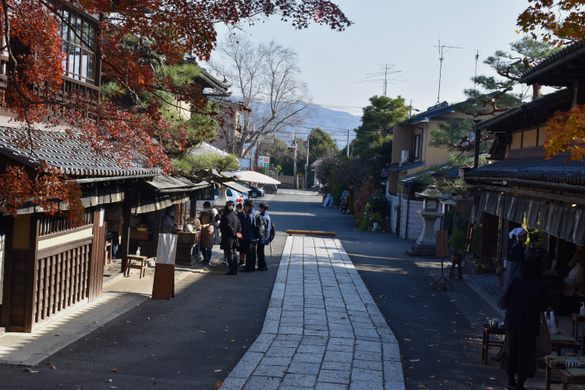
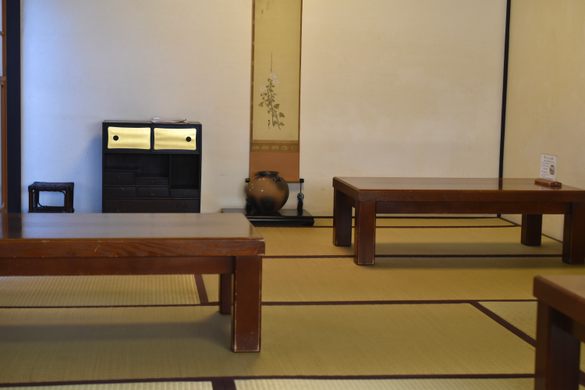
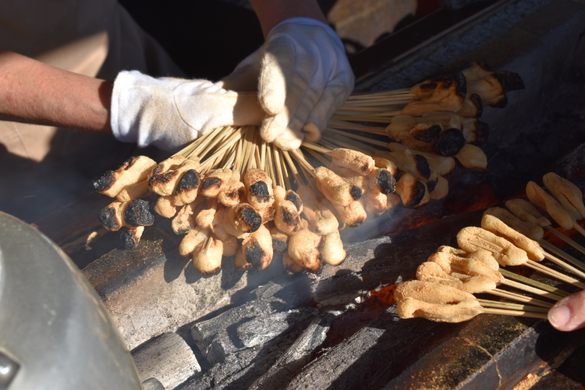
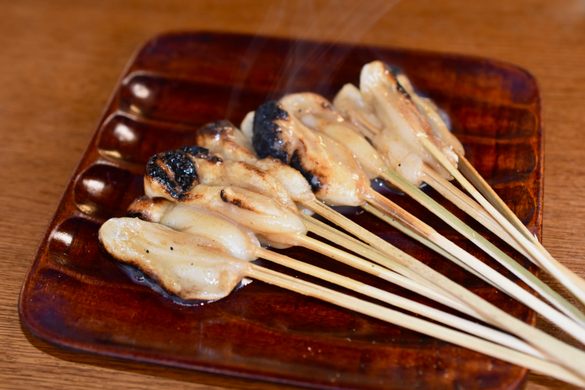
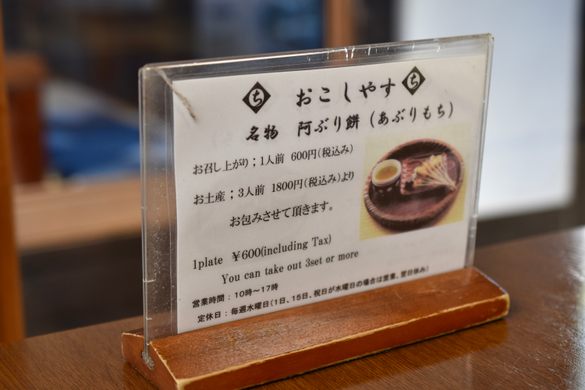
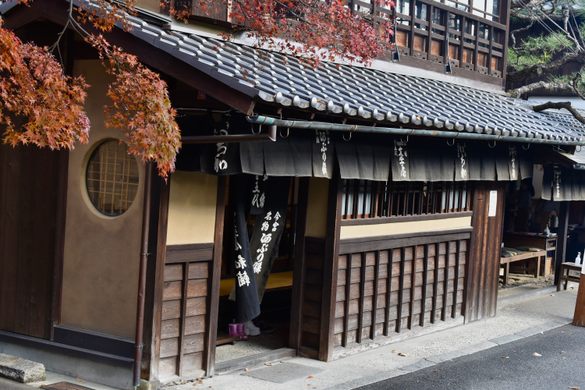

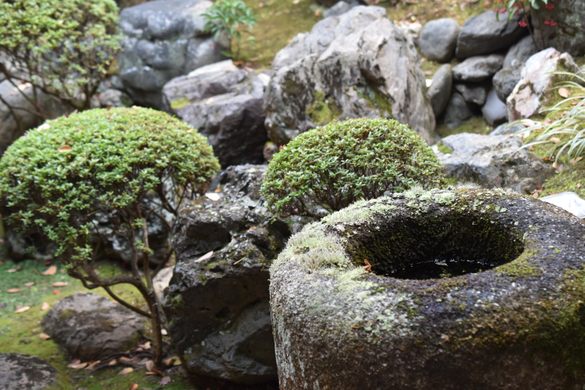




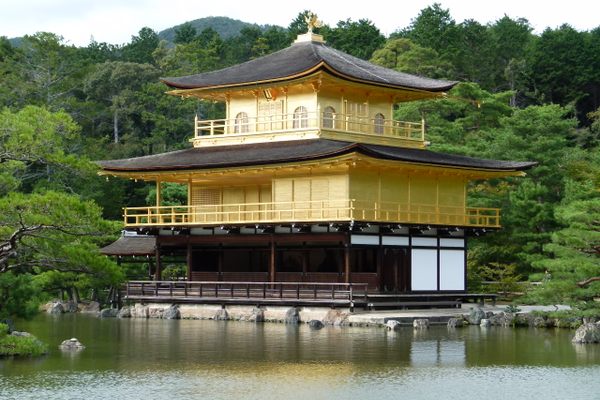



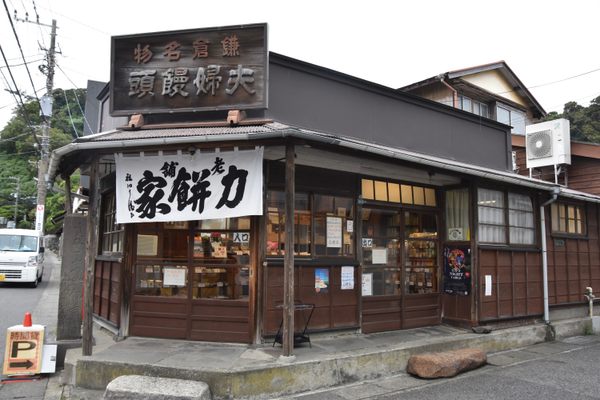



Follow us on Twitter to get the latest on the world's hidden wonders.
Like us on Facebook to get the latest on the world's hidden wonders.
Follow us on Twitter Like us on Facebook